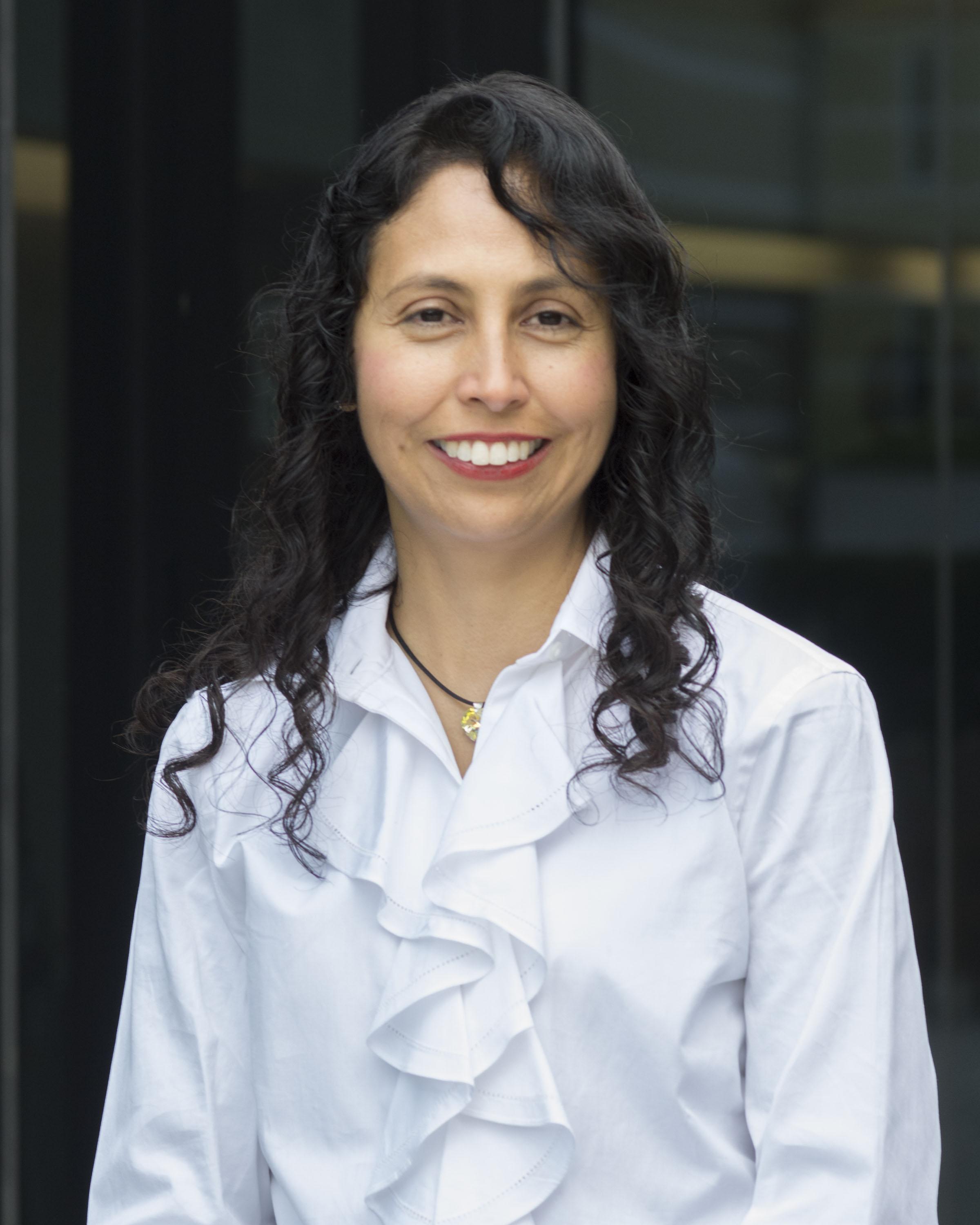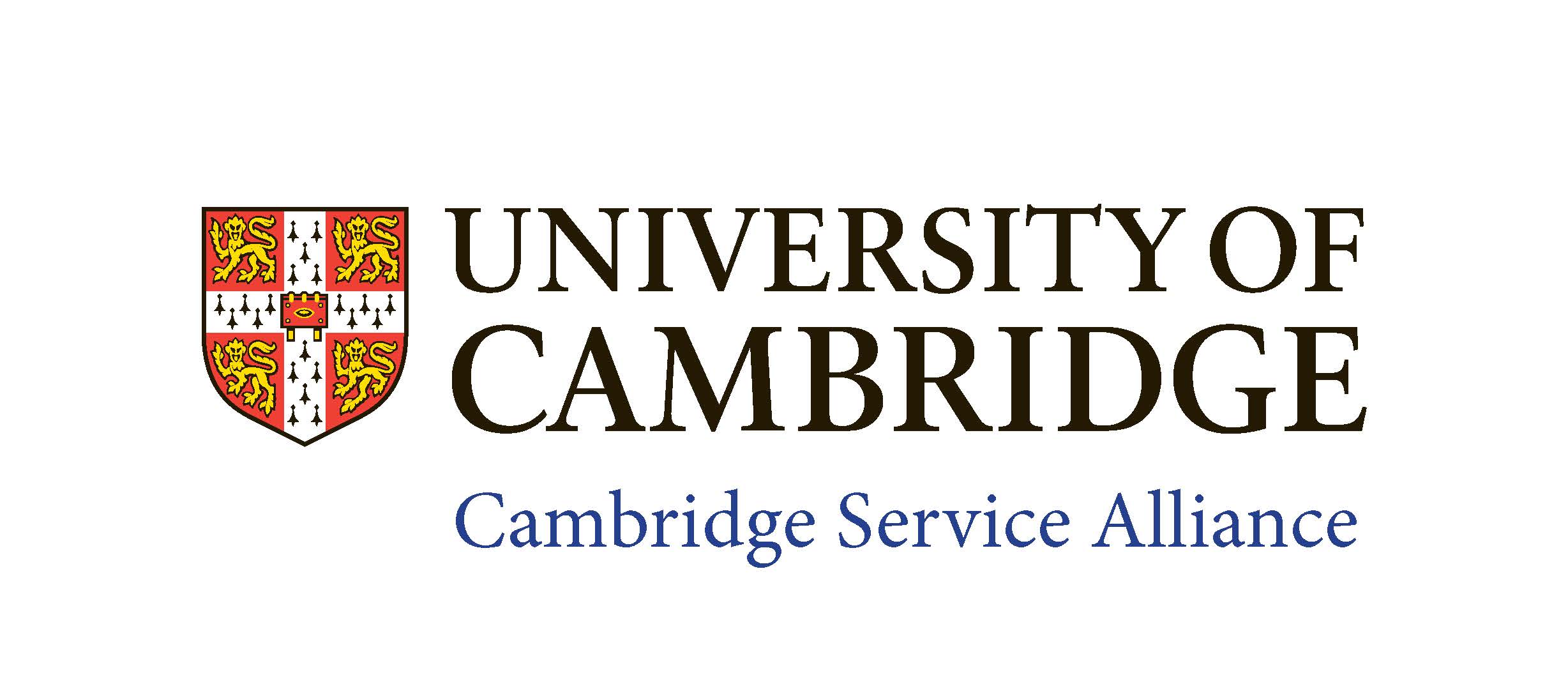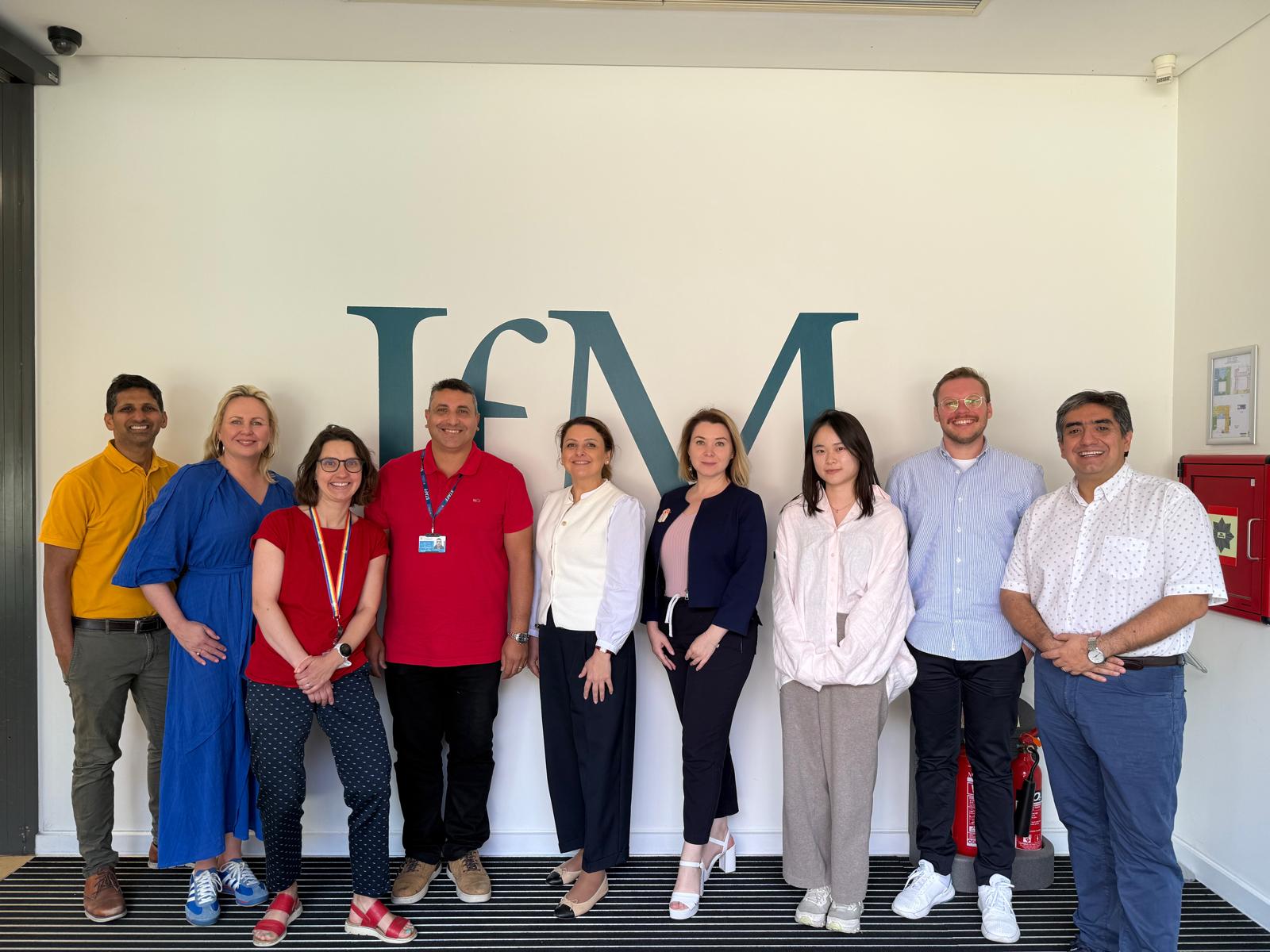
Submitted by Angela Walters on Tue, 28/03/2017 - 11:15
In a new podcast from the Cambridge Service Alliance, Senior Researcher Veronica Martinez, talks about her new jointly authored paper: ‘Exploring the Journey to Services’. It is co-authored with Professor Andy Neely, Chander Velu, Stewart Leinster-Evans and Dav Bisessar.
In a new podcast from the Cambridge Service Alliance, Senior Researcher Veronica Martinez, talks about her new jointly authored paper: ‘Exploring the Journey to Services’. It is co-authored with Professor Andy Neely, Chander Velu, Stewart Leinster-Evans and Dav Bisessar.
The study breaks new ground by looking at three actual service journeys through case studies and the transition these firms made to servitization over 7 years. Such longer term studies are rare.
The authors conclude that servitization follows a continuous change rather than a punctuated equilibrium. It also shows that such continuous change is neither logical nor structured but much more emergent and intuitive in nature.
It also looks at those journeys through the lens of the acclaimed model devised by the CSA of the Seven Critical Success factors firms need to follow in making the shift to services
Martinez explains: ‘We identified three organisations that started almost at the same time their journey to services. It was important to have a similar reference point for the three of them and to see and explore how they changed.
‘There are two schools of thought, the punctuated equilibrium model and the continuous one. We found that the continuous change model better explains how these organisations start the evolution and the transition to services. Small granular changes happen at different levels of the organisation but never- the-less there was always a change happening in the organisation. This describes better the change from the continuous evolution model and we couldn’t see real patterns for the punctuated equilibrium model in the seven year journeys of these three reorganisations.’
Martinez, said reliability and access to all the management and employee levels within the organisation of the three firms was crucial:
‘We gathered a fantastic and rich set of data to explain the full spectrum of the journey to services. We found the continuous equilibrium model was a better fit and better explained the real change in the shift to services in these three organisations. Small things at different points of time will occur within the organisation at different levels but there was always a continuous change we identified through all the seven years.’
Martinez goes on to talk about the importance of ‘sequencing’:
‘The sequences of the three journeys were described as trial and error. The journeys and the steps within the journeys were not logical, but they were very much emergent. These large industrial organisations are very good at implementing changes for products but never-the-less implementing changes for services is something we don’t know as much about. We have been exploring it within this paper.’
Martinez speaks of the first three years being crucial to success:
‘After the fourth year they were feeling more confident and they were able to start designing, piloting and launching more complex services than in the previous three years. Continuous change helps to provide the leadership and the confidence to score small wins and successes and to see the competition too coming up behind them. They can then go forward and explore and advance the possibility of offering more complex services and managing the co-existence of these.’
Martinez goes on to explain how difficult change is at first:
‘In the early years they were very conservative. Most of them didn’t want to invest too much in the development of services. Their brand position was very important and they had built their success around the brand and the product. But then they show interest in offering some services. They may have to create different business units with different names to do that. It was very difficult internally and externally to begin with. They needed to build up leadership in services as well as products and to be able to compete in offering services too and to co-exist.’
Martinez says the evolution of service offerings in product firms has not been fully studied in the past:
‘The service field is generally quite new, and firms have not been studied longitudinally. We have studied three organisations and 7 years in the evolution of each of these three firms, and we will go back and look at them again in the future to build more theory to support the future of other businesses.’
Martinez has identified the fourth year of change as highly significant:
‘By the fourth year organisations are starting to implement and pilot more complex services meaning they were investing in the change process. They were taking more risks. Some of the service solutions saw them renting, leasing or even providing the total solution. The ownership of the asset was moving from within the customer site to be within the service providers. It brings in more complexity and they have to run models they have never run before. It was a big change in their service provision, in the risk allocation, the spread of the risk and in the change of their ownership and revenue models.’
Martinez said that leaders needed to show that services are providing revenue to their organisation. They may have to make structural changes to the organisation and to the supply chain and eco systems. They will need to keep the messages consistent with the customers, staff and the ecosystems:
‘We are studying the journeys. We tried to understand all the different services they created in seven years and how they were evolving. We saw the emergence of intermediate and more complex services, and we saw the termination of basic services. We studied the full range. We looked at how our case studies supported the development and the provision of these services working within the different portfolio of services and within the same range of capabilities.’
The three firms studied worked in Animal health, Wellbeing and Engineering. Martinez says:
‘We were very privileged to get access to the three of them and we had a great response from them all. Everybody participated in this and we were very grateful.’
Martinez outlines some of the findings:
- Animal Health: This was the most exciting case, and it was the most prominent one. The level of change and the leadership was very different from the other two. They had a strong leader. They moved dynamically and learnt from errors. They had a rapid evolution of the prototype and the pilot, and this learning view on the transition to services was very unique. As a leader in the market for their products they knew they had to consider services to stay ahead.
- Education: This company didn’t have many options. They needed to change, as their business model was about to die, so they had to change or change. They knew the customer but they had to also work with institutions, regulators the teachers and the students and the parents so their ecosystem was complex. They launched more solutions to the provision of their services and told their customers: ‘your child will capture the knowledge’. It required an understanding of the customer experience to hit their targets.
- Engineering. This was a large organisation with bases around the World. They needed to analyse what to do to make a global change from providing basic services. They decided to make a global change altogether rather than doing it region by region. Competitors were popping out from different places, and small ones too, so they needed to capitalise on what they were installing. It was a logical step for them to move to providing a world service too.
Martinez said the reasons for pushing for change varied. They needed to provide and maintain leadership, to provide more exciting services to the customer, and they also needed to change to stay ahead because customers were pushing for them to deliver total solutions.
‘Customers require more comprehensive solutions tailored to their needs’, she said. Then she reflects:’ One of the critical success factors is changing people’s mindsets which is challenging.’
Martinez ends by saying how important the CSA Seven Critical Success factors are:
‘The seven critical success factors we identified in the shift to services are very important. We know people are really using it and downloading our papers. The feedback is great because people now have a route map. We are very grateful to those who contributed to it and who are using it.’



